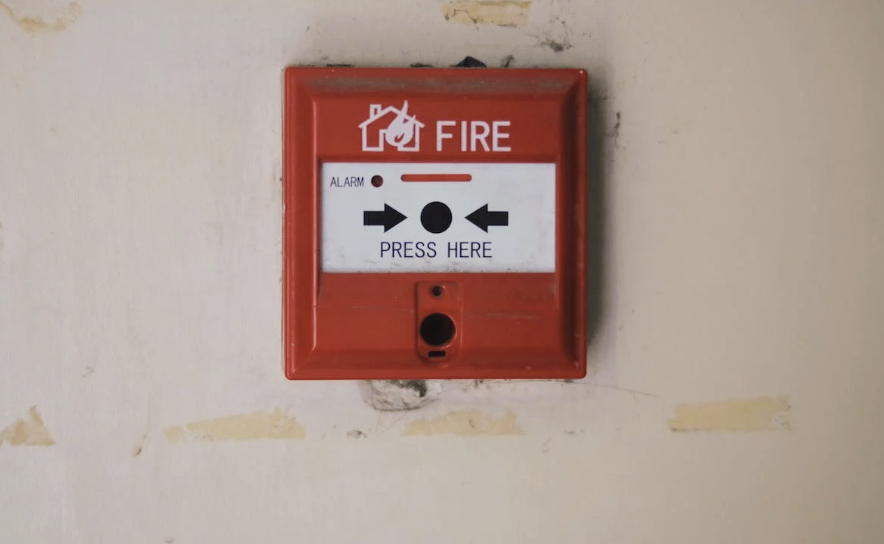Emergencies can happen anytime and anywhere, so businesses must have an emergency response plan to protect their employees and customers. An effective emergency response plan can help minimize the risk of severe harm or property damage during a crisis. However, there are some common things that many organizations need to correct when preparing their emergency response plans. Let’s look at some of them and how to avoid them.
Lack of Employee Training
Many organizations must provide adequate training for their employees to respond to emergencies. Proper instruction and education about the expected response protocols will help ensure everyone is prepared for an emergency. In addition, it’s essential to provide regular drills and practice scenarios so employees can become familiar with their responsibilities during a crisis.
Not Building Relationships with Key Contacts
An Industrial Fire for example can cause widespread destruction, so it’s crucial to have established relationships with relevant emergency services professionals ahead of time. Having contacts you can rely on when an emergency arises will help ensure a quick and efficient response.
Inadequate Planning
The most common mistake companies make when creating an emergency response plan is failing to plan for emergencies adequately. Instead, companies should be proactive in considering potential risks at their location and developing specific steps to address them. For example, if your business is located near a body of water, you should prepare an evacuation plan in case of flooding or other disasters in the area. Additionally, you should conduct regular staff training sessions on how to respond in an emergency.
Not Accounting for Different Types of Disasters
Another mistake organizations must correct when crafting their emergency response plans is not accounting for different types of disasters. Instead, companies should consider various scenarios such as natural disasters, fires, chemical spills, cyberattacks, and more when developing their plans. It’s also important to tailor the plan according to your organization’s size and needs; what works for a large corporation will not necessarily work for a small business or nonprofit organization. For example, while a large corporation may require multiple evacuation routes or communication systems, a smaller company may only need one route or system to evacuate personnel during an emergency effectively.
Not Regularly Updating Your Plan
Finally, many companies must regularly update their emergency response plans once they have been created. It’s vital that businesses periodically review their plans and revise them as necessary to keep up with changing regulations and technologies. Additionally, it’s wise to perform mock drills every few months so that employees are familiar with the plan and know how to respond in an actual disaster situation.
Creating an effective emergency response plan is essential for ensuring employee safety during natural disasters or fires. However, many companies need to make better decisions when crafting these plans, such as inadequate planning or not accounting for different types of disasters. Organizations should also regularly review their plans and perform mock drills so that everyone knows how to respond during an actual disaster. Taking these steps will help ensure everyone stays safe during any emergency event that may occur at your workplace.







